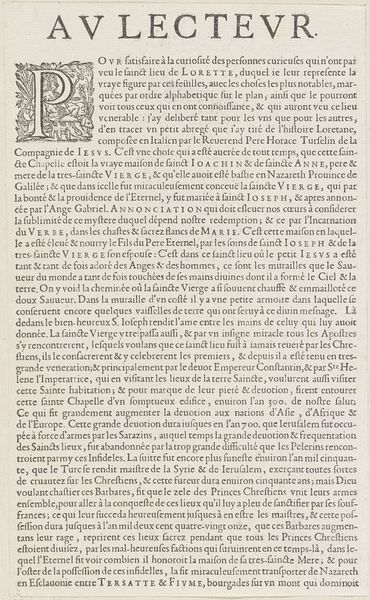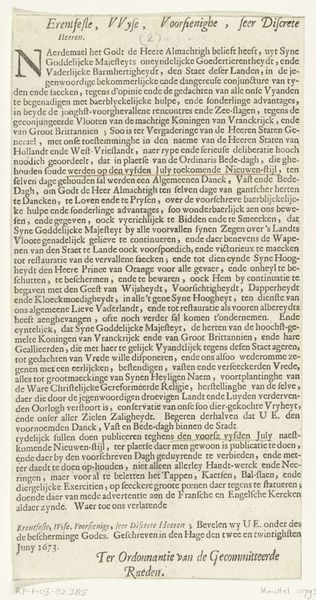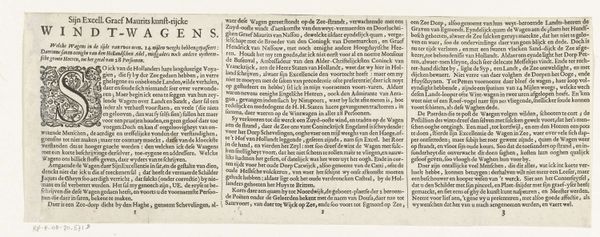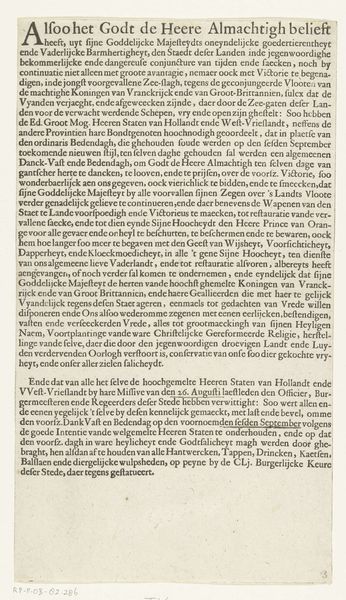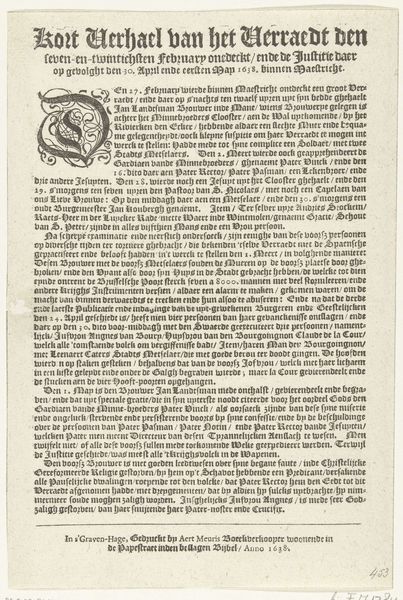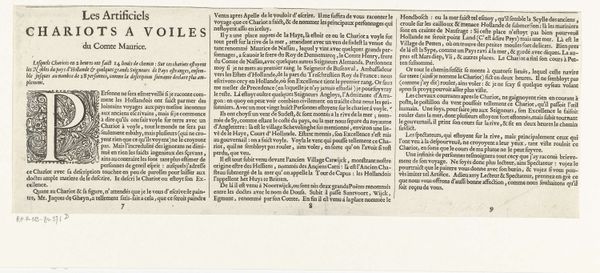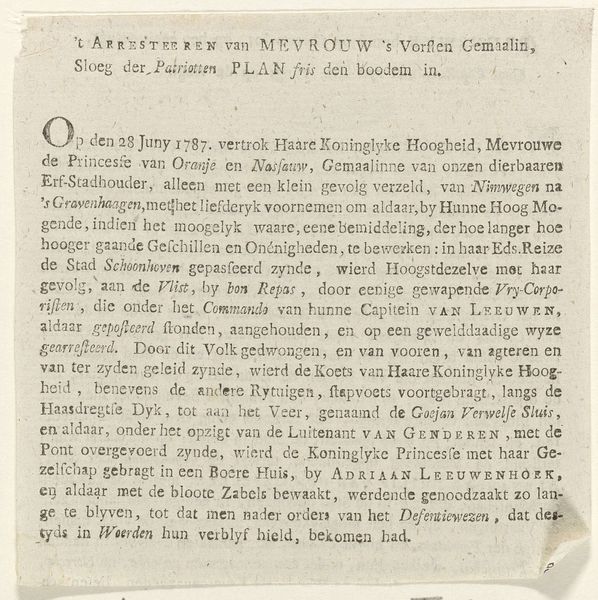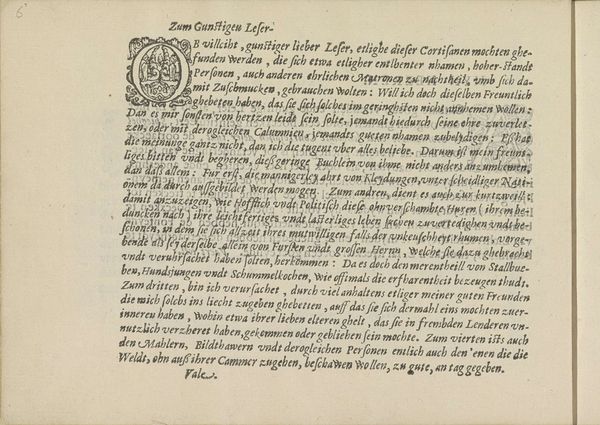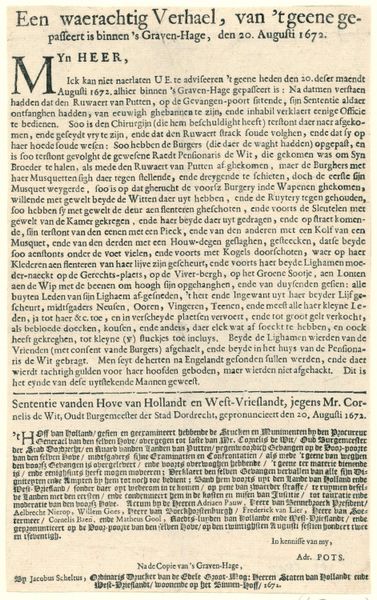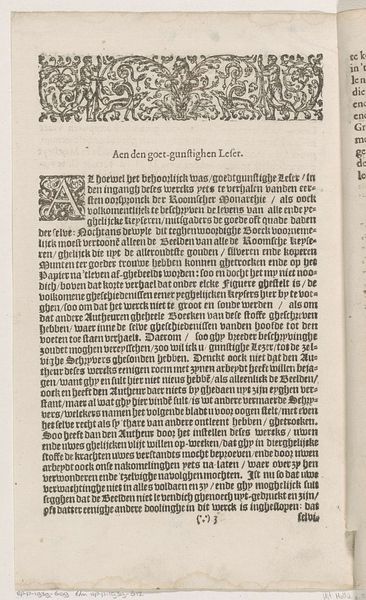
graphic-art, print, paper, typography
#
graphic-art
#
dutch-golden-age
# print
#
paper
#
typography
Dimensions: height 158 mm, width 97 mm
Copyright: Rijks Museum: Open Domain
Curator: This rather unassuming print, made around 1725, is entitled "Price List of the Snake Fire Hoses." It’s the work of Samuel van der Heyden. What strikes you about it initially? Editor: It feels very direct and utilitarian, almost like a page torn from a ledger. The overall tone of the lettering looks even, yet quite compacted with very little white space for readability. It speaks volumes about the economy and the culture that created it. Curator: Indeed. The materiality of the print itself, the paper, the typography – all point to a burgeoning mercantile society in the Dutch Golden Age. Van der Heyden, himself a skilled engineer, isn’t just offering art; he's advertising a product, fire hoses, detailing the precise costs of different models and add-ons. The text is tightly packed and uses abbreviations, showing its economic motivation. Editor: The description of these fire hoses sounds so incredibly technical, down to the price per foot for the hoses. It underlines how innovation and craftsmanship were becoming commodities during this era. There is even some degree of class divide, indicated in the firehose descriptions in that the greater the detail and expense the higher the rank or class that is served. Curator: Absolutely. This isn't about aesthetics; it’s about function, efficiency, and, of course, price. This is about material needs meeting innovative solutions through mass means of typographic printing that informs the culture as well. It suggests the growing importance of public safety and infrastructure in a rapidly expanding Amsterdam. It demonstrates how design serves capitalism! Editor: It really shows how the era integrated function and artistry. Thinking about Van der Heyden's detailed work, it demonstrates his era’s pragmatic ingenuity. It seems almost impersonal, and therefore I can see its social impact. Curator: Agreed, its real value lies in its ability to reflect the shift in the relationship between production, consumerism, and civic responsibility. The work marks a transformative cultural change. Editor: The impact of consumerism is fascinating. Looking at it in this way, my impression is a great blend of commerce, craft and artistry that delivers social history in a way no formal painting could.
Comments
No comments
Be the first to comment and join the conversation on the ultimate creative platform.
